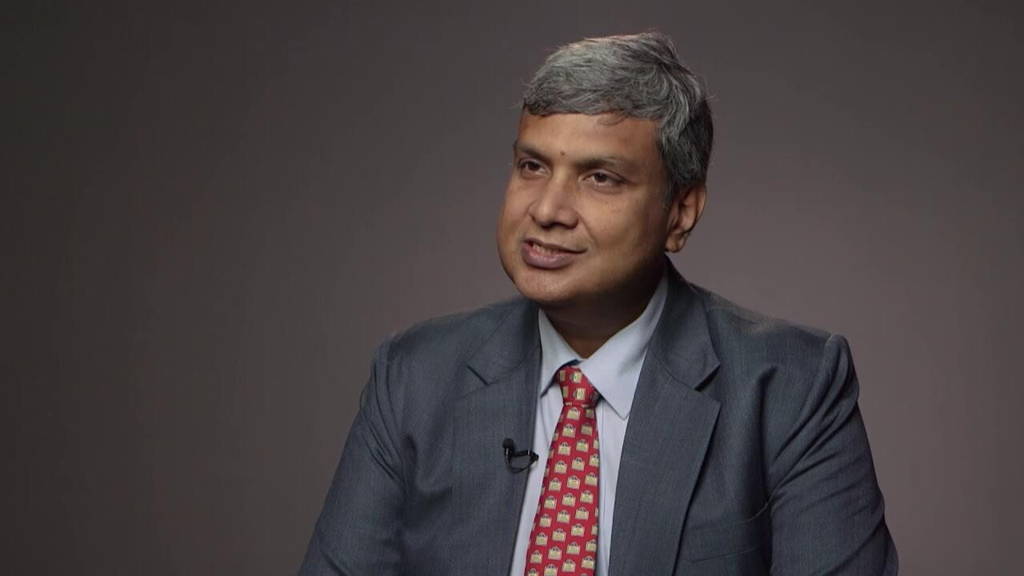In your opinion, the healthcare system is broken in terms of accessibility, efficacy, and universality. Digital health can help to bridge that gap. What do you mean by that?
The healthcare system as it exists is highly heterogeneous in terms of resource concentration and quality. Much of it is fee-for-service based and driven by symptomatic treatment of illnesses, with underutilized preventive services other than vaccination. Digital health is well placed to bridge this gap by enabling telehealth services, promoting wellness and preventive care, and enabling more efficient utilization of limited resources
Can you outline the architecture of the digital health ecosystem in India?
The digital health ecosystem in India is still in a nascent stage. EMR are limited to corporate hospitals and a few tertiary centres. However, there is a strong digital presence, IT, and backbone digital services for non-health sectors, most importantly – electronic identity and financial transactions. A national digital health mission and authority have been created to build health as a digital service on this national core
What must be done to improve the maturity of digitalization?
There are three critical steps to improving digital health system architecture:
- Investment into digital infrastructure suitable for truly digital workflows. This has to include health devices and information systems. Core components of this must be public goods with standardized and interoperable APIs;
- The transition from the digitization of analogue processes to truly digital workflows with verifiable data;
- Continuous use of digital health data, with solid but lean governance to ensure beneficial use, improve healthcare quality and delivery, and generate insights for precision health and precision public health.






